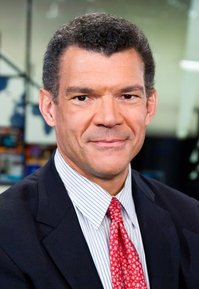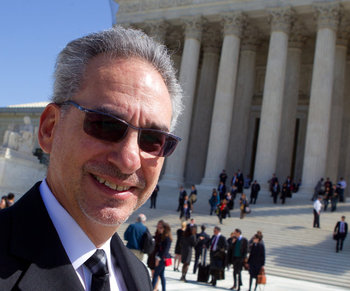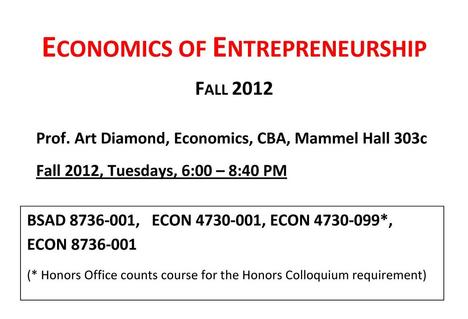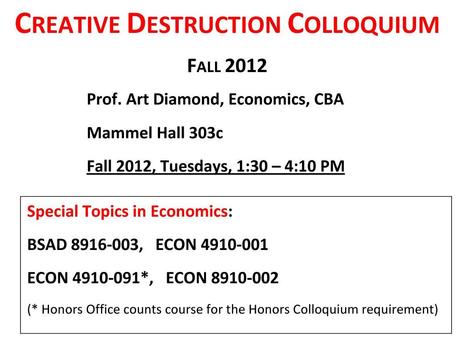(p. A17) In what is shaping up as an academic Battle of the Titans — one that offers vast new learning opportunities for students around the world — Harvard and the Massachusetts Institute of Technology on Wednesday announced a new nonprofit partnership, known as edX, to offer free online courses from both universities.
Harvard’s involvement follows M.I.T.’s announcement in December that it was starting an open online learning project, MITx. Its first course, Circuits and Electronics, began in March, enrolling about 120,000 students, some 10,000 of whom made it through the recent midterm exam. Those who complete the course will get a certificate of mastery and a grade, but no official credit. Similarly, edX courses will offer a certificate but not credit.
But Harvard and M.I.T. have a rival — they are not the only elite universities planning to offer free massively open online courses, or MOOCs, as they are known. This month, Stanford, Princeton, the University of Pennsylvania and the University of Michigan announced their partnership with a new commercial company, Coursera, with $16 million in venture capital.
. . .
Education experts say that while the new online classes offer opportunities for students and researchers, they pose some threat to low-ranked colleges.
“Projects like this can impact lives around the world, for the next billion students from China and India,” said George Siemens, a MOOC pioneer who teaches at Athabasca University, a publicly supported online Canadian university. “But if I were president of a mid-tier university, I would be looking over my shoulder very nervously right now, because if a leading university offers a free circuits course, it becomes a real question whether other universities need to develop a circuits course.”
For the full story, see:
TAMAR LEWIN. “Harvard and M.I.T. Join to Offer Web Courses.” The New York Times (Thurs., May 3, 2012): A17.
(Note: ellipsis added.)
(Note: the online version of the story is dated May 2, 2012, and has the title “Harvard and M.I.T. Team Up to Offer Free Online Courses.”)







